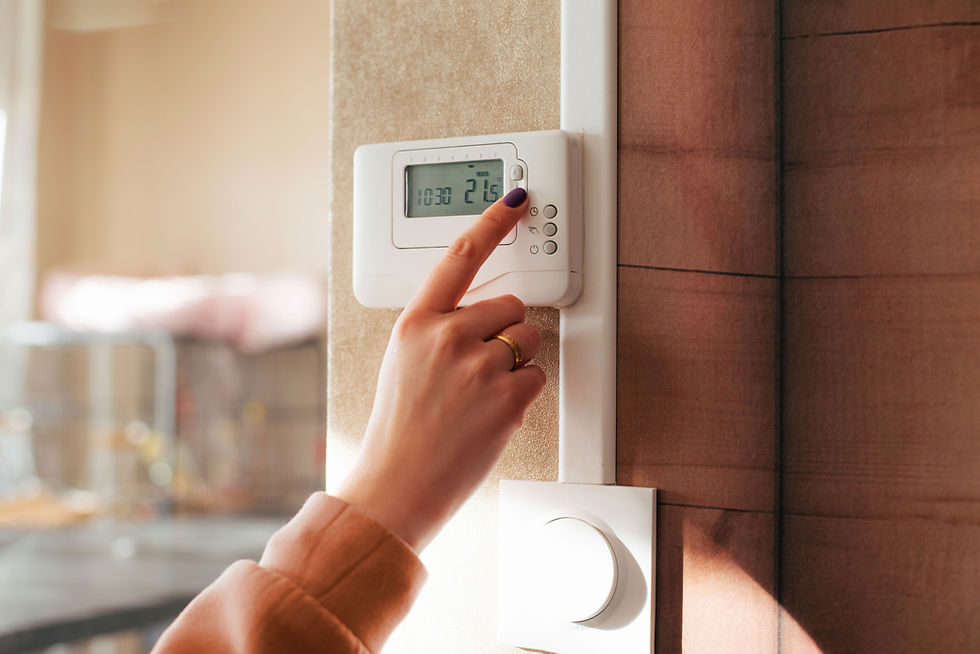Retrovive and Passivhaus
- Tom Collings
- Apr 23
- 1 min read
Updated: Aug 19

Cellulose-fibre insulation: from mid-19th century to modern-day Passivhaus standards.
Using plant fibres as insulation has a long history, but the industrial process of recycling newspaper to make cellulose insulation goes back to the 1950s. It is very commonly used in USA, Canada, and many European countries where timber frame construction is typical. In this construction method it is an excellent partner and can be installed under pressure into panels as a loose-fibre material with a blowing system.
In the UK it is only recently gaining popularity for the simple reason that we have traditionally built in brick rather than timber, due to having lots of clay and very little timber to build with. However, as well as for new timber frame buildings, it is ideal for retrofit insulating of suspended timber floors with our system of ‘hammocks’ in place to hold it tightly under the floorboards.
Our cellulose-fibre insulation is very popular with ‘Passivhaus’ builders, who often favour timber frame construction, for which it is a natural fit. Passivhaus is a benchmark thermal and airtightness performance to optimise the lowest carbon emissions.
We played a key role as installers of Warmcel insulation in a project of 102 Passivhaus dwellings at Goldsmith Street, for Norwich City Council, which won the 2019 RIBA Stirling Prize for Architecture. Since starting in 2009 as Devana Insulation Ltd we have insulated many Passivhaus schools and self-build homes, now under the Retrovive brand.
Read more about Goldsmith Street here: https://www.ribaj.com/buildings/stirling-prize-2019-mikhail-riches-goldsmith-street-norwich-housing




